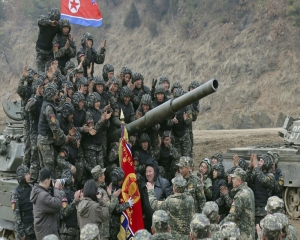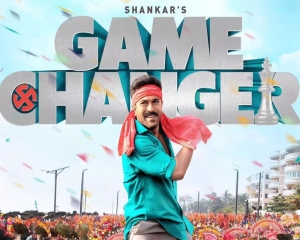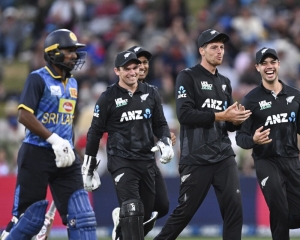Even Rome’s greatest general and warmonger, Scipio would have remained nameless and easily forgotten had he not seen the value in studying his adversaries and in employing a versatile and flexible war strategy. Moreover he knew the limitations of his own resources and worked towards victory by guaranteeing that the battles would be fought on his terms where he could manipulate the circumstances to his advantage. Scipio’s tactics and success are testament to the fact that without completely understanding one’s own limitations, victory remains a pipe dream. While the science of war has transformed immensely in modern times the fundamental tenets of warfare remain almost constant. While it is prudent for a sovereign state to appear more capable than it is, the state itself must take caution to not overestimate its own abilities. This dissonance between the claims the state makes with regards to its military might and its actual capability to deliver on those claims cannot be too disproportionate.
India and its various empires have not been exceedingly expeditionary, choosing to instead maintain a defensive stance towards warfare. With the exception of Ranjit Singh and his conquests none of the empires had particularly bothered to expand the borders significantly.
Until the Parliament attacks in the winter of 2001, India had deployed its armed forces in a series of holding corps at the Pakistan border. The corps did not possess any offensive capabilities of note and were largely meant to hold a defensive formation. The chinks in the armor of such a set up were glaring as the strategy was highly inflexible and the army was slow to respond and also predictable in its movement. The primary offensive force was too distant from the border to mount a timely retaliation. Operation Parakram, aimed as a response to the terror attacks took an unacceptable 27 days to gain momentum. A sloth like reaction time and strategic inflexibility spelt ruination on all fronts.
In 1962, the war with China could have been avoided had India already been a nuclear power instead of focusing on Nehru’s unreliable Forward Policy. In the 1971 war with Pakistan, India would have probably suffered greatly had the Soviets not come to her aid. The 7th Fleet of the United States Navy had dispatched its task force in the Bay of Bengal to support Pakistan. The U.S. task force was robust and more than sufficient to turn the tide of the battle with its aircraft carrier, nuclear submarine and multiple destroyer class warships. The Soviets countered the manoeuvre of the Americans by mobilizing their own Pacific fleet which caused the Americans to backpedal. The 1966 war and the aftermath of Pokhran II clearly showcased that India’s only truly reliable allies in the global north are France and Russia. Both nations have continued to support India with their trade of military equipment and technology. Furthermore while the Americans decried the second Pokhran tests and even placed sanctions on India, only France and Russia stood by India’s side.
Only in 1974, did India become a nuclear superpower courtesy of Mr. Sethna’s wisdom and Ms. Gandhi’s zealous attitude towards developing the nation’s nuclear capabilities. This development changed the complexion of the power dynamics as India finally had enough to deter China, the greatest military power in the region, from making any overly aggressive moves. However, it should be known that the only extant superpower today is the U.S.A. For a sovereign state to qualify as a superpower it must possess enough influence that none of the great powers may make a move of global significance without considering the attitude of the superpower on the particular situation. Neither India nor China can press their claim to such categorization.
Recently, India claims to have adopted a Cold Start doctrine that suggests a transformative change in military strategy. The doctrine dictates that the different branches of the armed forces would operate in unified battle groups where they would be able to respond to threats from Pakistan within 24 hours. The battle groups are meant to serve as both, a holding as well as a conventional offensive force. However it seems difficult to believe that the current set up and infrastructure can properly support that translation of the doctrine into reality. As India obtains its military technology from a variety of sources there is low interoperability amongst the defense systems. More pertinently, the lack of inter service synergy among the army, air force and navy is a greater cause for concern . The cold start doctrine impinges on coordination between the different branches of the military if the unified battle groups are to be effective. The issue of synergy is further compounded by the fact that only a single integrated tri-service command exists, namely the ANC, the Andaman Nicobar Command. The ANC has limited resources and does not function as a specialized theatre command to deal, specifically with the threat of our northern neighbors.
Consequently, the doctrine remains, realistically, in its experimental stage and at best, a deterrent. It would be unwise for India to advertise the decoupling in its claims and the actual power she possesses. There is no shame in recognizing the limitations of the state as long as the political administration and the leadership of the armed forces are willing to work towards righting the situation.
The writer is a Lawyer by profession. Views expressed are personal.

























